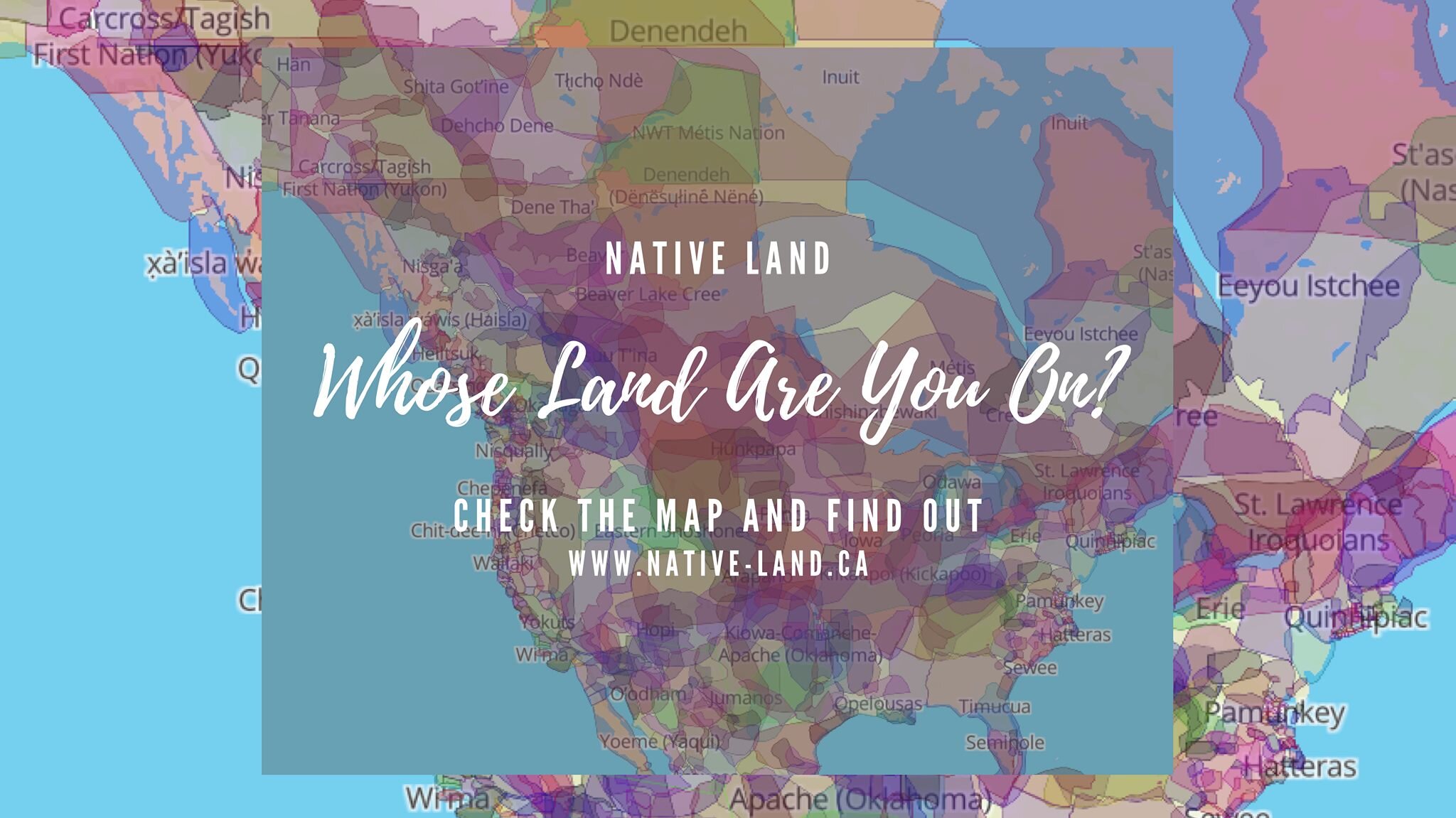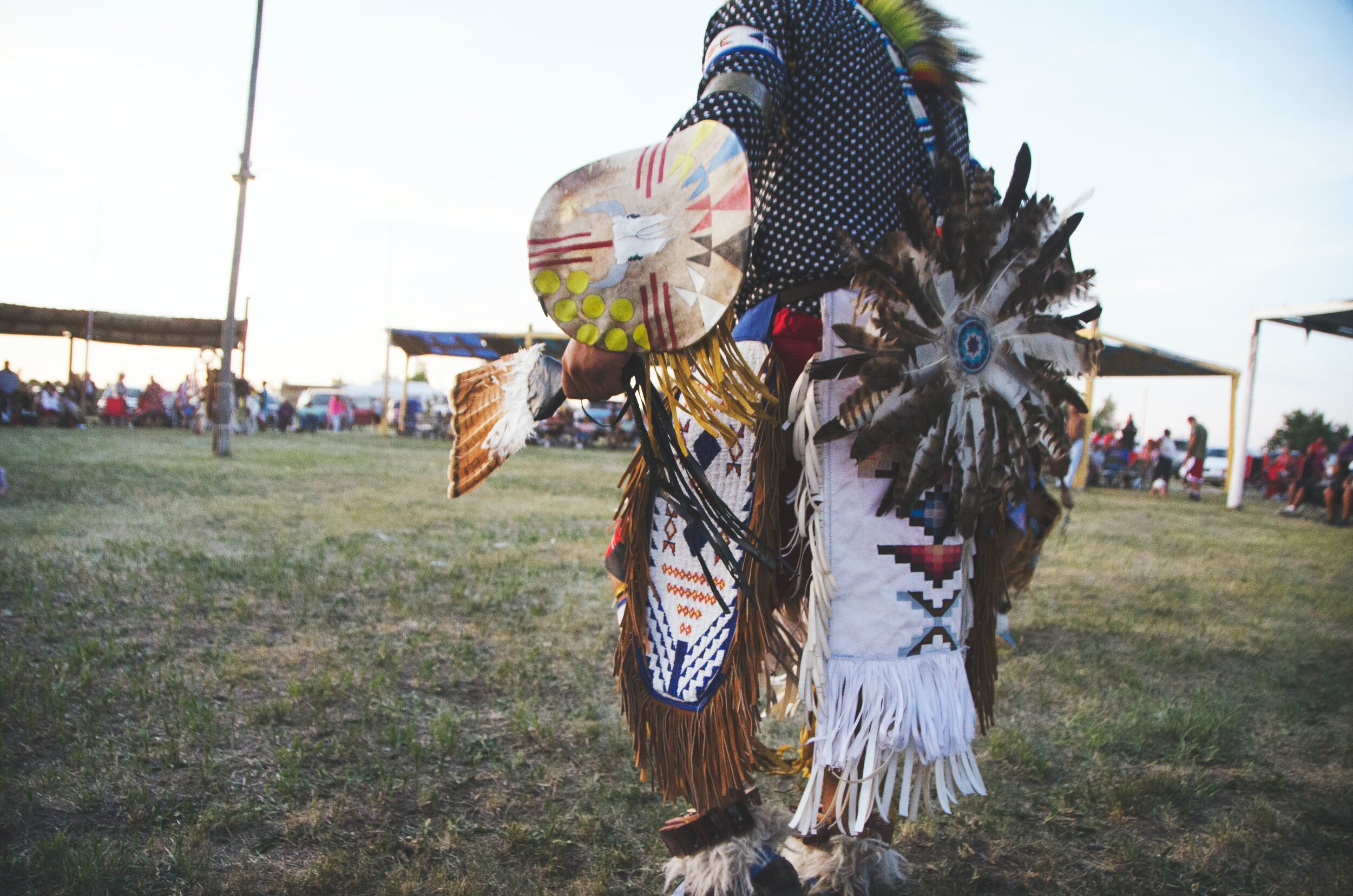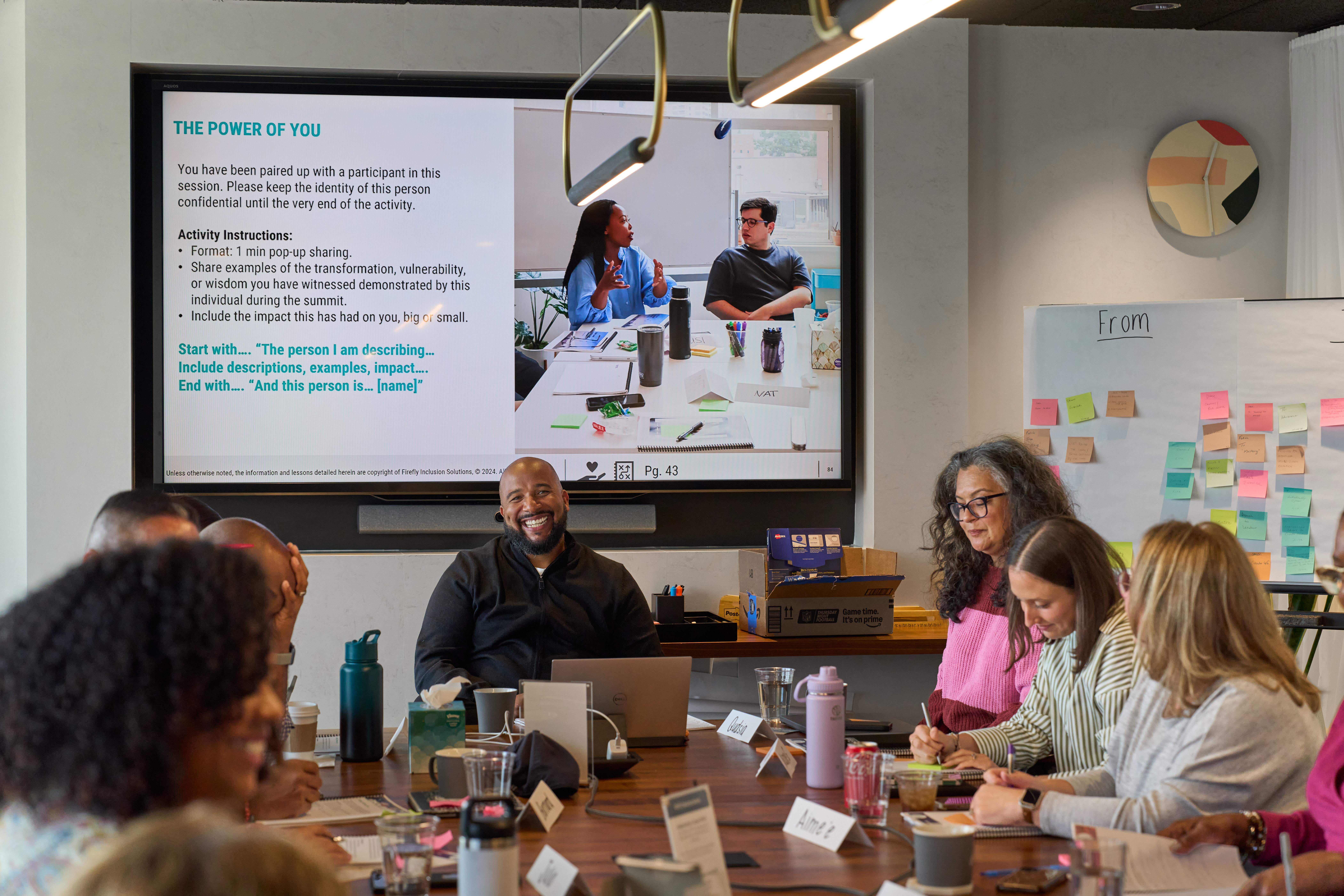By Corinne Rice, Rice Consulting LLC
Journalist, educator, and activist Corinne Rice joins us for our monthly Voices of Firefly series to share how organizations can build true, authentic connections with their Indigenous/Native communities.
For the first time in history, companies and organizations are taking leaps and bounds forward in seeking to make right their relationship with Indigenous employees and the Native Nations their businesses function on. Whether your business or organization is Urban or Rural, you are on Native Land. More specifically, you are on one of 573 federally recognized Sovereign Nation’s traditional homelands.
As a business, your first thought might be, “Where do I start?” Even more, you might be suddenly and acutely aware of just how little you know about the homelands you are on. Let’s go over three things you can do to begin to build some authentic connections with your Native Community.
1. Do the Research.
The first place to start is the internet! Surprise, surprise! An app and a website can help you figure out whose traditional lands you reside on and connect you to a Tribal website that offers historical and current cultural information. Read their creation stories, search Youtube for Language Consortium videos or educational videos from the Smithsonian, and more. Read also from the many articles written by Indigenous journalists that talk in-depth about our lived experiences. Try to read from websites and sources written and curated by Native journalists, authors and researchers. Gaining a step towards empathy for Native peoples will help you understand why it may be hard to gain their trust. Doing research is an excellent place to start before ever even reaching out to Native Peoples. It’s essential to do the work on our own first.
2. Hire Experts.
For the places in your research and knowledge that you realize you have gaps, hire an expert or a consultant. You will not be able to find everything online. That is where reaching out to a Native Consultant or a Native DEI expert is beneficial. Frequently, in work verbiage or dynamics, specific language exists that is harmful toward Native peoples. Having an expert in your professional space that can point these areas out can help cultivate an environment that is safe and prepped to build lasting relationships with the native community with whom you hope to interact.
3. Get to Know your Local Tribal Nations.
This one will take time and a lot of energy. Most Native people will be immediately suspicious and cautious when approached by an organization or company to “build a relationship.” But that doesn’t mean it isn’t worth the effort on your part. Understand that ALL Native Nations have been lied to and taken advantage of for the benefit of either settlers or companies. Their hesitancy is warranted. One of the very first things you can do is reach out and meet them with a handshake. This meeting can also include a gift of Tobacco and Coffee to whatever elder or community member makes the greeting with you. The first iteration should be only that. Get to know each other on a human level. It will be in the company’s best interest to remove as many impersonal actions from the greeting as possible. Consider it “decolonizing” your greetings. As with any relationship, each interaction will build on how the two of your communities can support each other. Not transactional, but out of support.
When building relationships with Native peoples and communities, you must prepare to be a human face of a corporation or business. Put aside the aspects of your workforce that would cause you to be dominating or aggressive in a first-time business meeting and instead make yourself humble. Meet the Nation and its people the way a grandchild would when meeting a grandparent. Respect them, quietly learn, listen, and assist. In these ways, a relationship will develop, your communities can begin healing and building together.
Inspired to take bolder action? Head over to Instagram April 20-21 when Corinne takes over the Firefly page to continue this critical conversation.
Paragraph


 Jess Lindner, Unsplash
Jess Lindner, Unsplash

